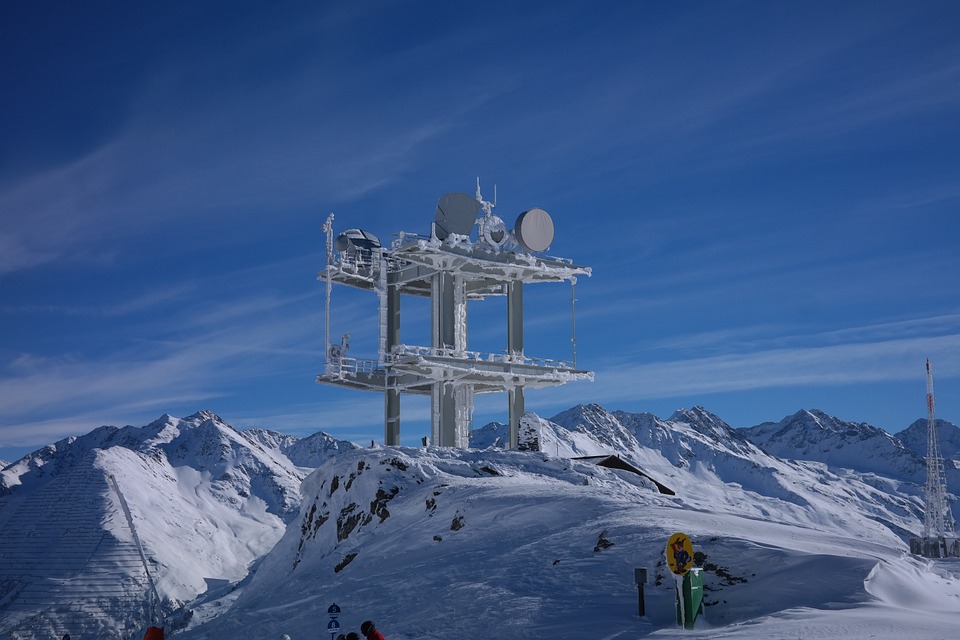The Way We Work, 30 Years at Southern Exposure
To celebrate Southern Exposure’s 30th anniversary, Courtney Fink curated an exhibition featuring the work of seven other arts organizations that share and reflect Southern Exposure’s collaborative approach to working and organizing. They included online publication Stretcher.org, which presents the Bay Area art scene to the world beyond; artist collectives Red 76 and Instant Coffee, from Portland, Ore., and Canada, respectively; pirate radio station Neighborhood Public Radio (88.9 FM), which broadcasts live from the gallery; artist-engineer team Jon Rubin and Stephen Wight, who have rigged a piano to play the pitch and intonation of any conversations on the gallery’s phones!; designers Mende Design and Volume Design; and United Net-Works, an archive project from Stockholm, Sweden. Contrary to conventional art exhibitions, which feature refined artifacts, “The Way We Work” focuses on processes rather than products. The show wwas unot primarily about looking or listening, but rather about art as social practice. As a result, it’s best appreciated by attending one of the many events scheduled during its run, when people are actually working in the gallery (for a complete schedule, go to www.soex.org.) The endeavors featured in this show challenge the strict division of labor between artists, critics, and curators. They present artwork as a loosely defined aggregate of practices that draw from and depend on creative, critical, and curatorial activities in varying degrees. The artists are featured here largely for their work as critics and producers, while such work is presented as inventive, creative activity that spawns new possibilities for engaging the world. Fixed oppositions based on limited, individual identities give way to a model of artwork based on interactive networks of people sharing and supporting their diverse abilities. But the show also asks the question Who is the “we” named in its title? Beyond its immediate celebration of Southern Exposure and showcasing of other organizations, does the exhibition articulate a truth about artwork obscured by anachronistic categories, or does it identify a specific genre of artists and organizations with a do-it-yourself aesthetic that challenges the hegemony of the art world as defined primarily by the demands of capitalist exchange? Tues.-Sat., 11 a.m.-5 p.m., 401 Alabama, S.F. (415) 863-2141. (Clark Buckner)
